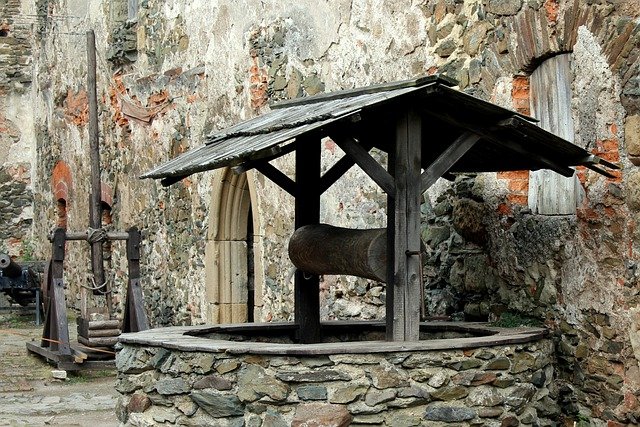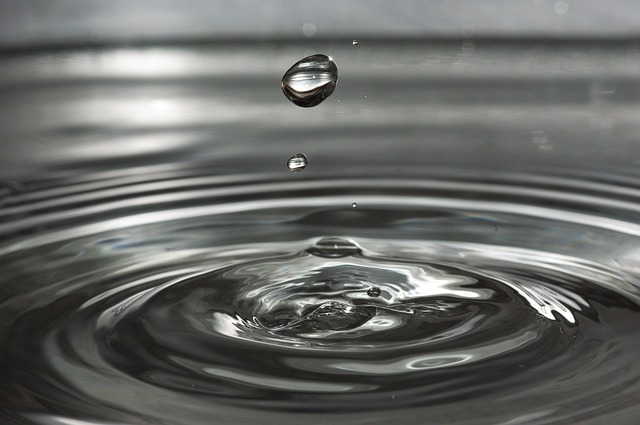INTRODUCTION
Pakistan is a developing country where people in millions are dependent on the agriculture sector for their livelihoods. It is imperative to mention that Pakistan is on the edge of becoming a water-scarce country. Check out The Projected Future of Water Scarcity Crisis In Pakistan
AQUIFER
An aquifer is defined as an unconsolidated material or rock fracture that holds water. The aquifers are generally recognized as water-bearing permeable rocks.
GROUNDWATER
The water in an aquifer is called groundwater. Water wells are used for extracting water from the aquifers.
You may also be interested in: Water Crisis in Pakistan- Current and Future
TYPES OF AQUIFERS
There are mainly two types of aquifers.
|
Types of Aquifers |
|
| Confined Aquifers | Unconfined Aquifers |
| Confined aquifers are found in deeper layers of the Earth and between the layers of impermeable rocks. | Unconfined aquifers are found almost near the surface. The surface of an unconfined aquifer is often termed a water table. |
AQUIFERS OF PAKISTAN
The high-yielding aquifers in Pakistan are Quaternary alluvial aquifers that are present in Indus Plain. The less yielding aquifers are present in the sediments of Cholistan and Thar.
Other less yielding deltaic deposits along with fine-grained Quaternary tidal are present in the southern coasts.
The intermontane basins in Khyber-Pakhtunkhwa and Baluchistan have Permeable gravels with minimal yield.
Crystalline basement rocks along with older sedimentary rocks are present in the northern and western parts of the country. The tube well yield is low in these areas.
The availability of groundwater in northern Pakistan is limited due to glaciers and cold climates.
The location of pre-quaternary sedimentary rocks in Pakistan is given in the table below.
| Serial No. | Pre-Quaternary Sedimentary Rocks | Location |
| 1. | Ketch Conglomerate | Rakhshan River Basin |
| 2. | Siwalik Sandstone | Potwar Plateau |
| 3. | Multana conglomerate | Zhob River Basin |
You might also like to read: South Asia Water War – Impact of Indian Hegemonic Aim on Pakistan
AQUIFER VULNERABILITY AND GROUNDWATER QUALITY IN PAKISTAN
Many cities in Pakistan do not have access to clean drinking water. The reason is the arid climate that makes water availability difficult for many regions. Other issues that are causing water shortage in urban areas include lower water tables due to over-extraction of groundwater, poor maintenance of water reserves, and construction. Aquifers in Pakistan are more vulnerable to poorly designed tube wells.
Pakistan is at number three in the category of groundwater use by the countries. According to published research, the Punjab province of Pakistan is using groundwater at higher rates as compared to other provinces. The reason is easy access to groundwater reserves in Punjab. The extraction of groundwater in Baluchistan and Khyber-Pakhtunkhwa is less due to the types of aquifer present there. The extraction of groundwater in Sindh is mainly affected by groundwater quality.
| Serial No. | Provinces of Pakistan | Percentage of Groundwater Presence in Each Province |
| 1. | Punjab | 85 |
| 2. | Sindh | 6.4 |
| 3. | Baluchistan | 4.8 |
| 4. | Khyber-Pakhtunkhwa | 3.8 |
Check out: Water Scarcity Crisis in Pakistan: Causes, Effects, Solutions
There are approximately 1.2 million active but private tube wells in the country and it is estimated that overall groundwater extraction is up to 60 billion m3 in Pakistan.
The irrigation system consists of canal-fed river water and tube wells. The agricultural land is present along Indus Plain. The application of pesticides and fertilizers in agricultural land is more frequent. Waterways are getting contaminated due to urban runoff, floods, etc.
Upon the monitoring and assessment of groundwater quality, the results have indicated the presence of chemicals in the water. The groundwater is found contaminated with arsenic – heavy metal. Salinity and waterlogging are becoming prevalent issues in Pakistan due to rising water tables. Nearly 21% of agricultural land in Pakistan is rendered uncultivable due to salinity.
Also read:
Dire Need of Sea Water Desalination Plants in Sindh Pakistan
Dire Need of Sea Water Desalination Plants in Baluchistan Pakistan
CONCLUSION
Old traditional irrigation systems and overpumping of groundwater are causing depletion of freshwater reserves in Pakistan. Climate change is also affecting the surface water in Pakistan. The quality of groundwater is subjected to degradation due to the lack of surveillance. Industries are discharging untreated contaminated water to surface water bodies such as lakes, rivers, and streams causing water pollution. The Government of Pakistan must take action against industries that are causing water pollution and should introduce advanced water-conserving irrigation strategies.
Also check out: Types Of Soils In Pakistan And Their Location And Properties
I hope you all liked this post! Please comment below if you have any suggestions, comments, or feedback! We at #envpk love hearing from our readers! Thanks!





4 Comments
wonderfull. i am writting research paper on water issues of pakistan for my m phil degree. can i reach you for getting your help.. inform me please
That’s great to know, it is an extremely important topic which needs to be studied more. I have replied to your email, let us know how we can help!
Kind Regards,
Admin Envpk.com
Really pleased to know that there is an institute here in Pakistan ACTUALLY concerned about the given situation and educating people with the right facts! I am an Env. Sci Graduate and would really like to be a part of your team. Keep it up with the best efforts you’re putting into this website!
Thank you so much for your feedback and appreciation Anam, it means a lot and we highly appreciate it. You can always contact us at admin@envpk.com to discussion collaboration possibilities or contribute an article to our website from https://www.envpk.com/contribute-an-article/.